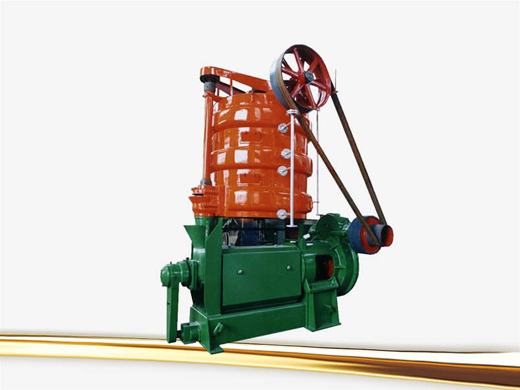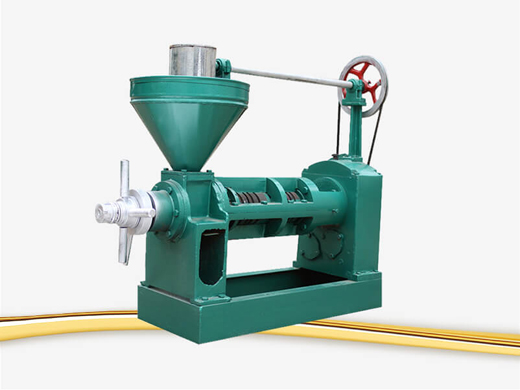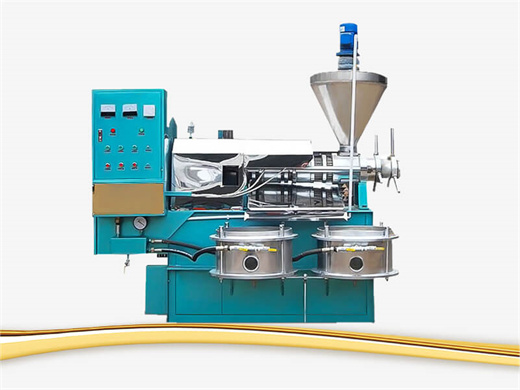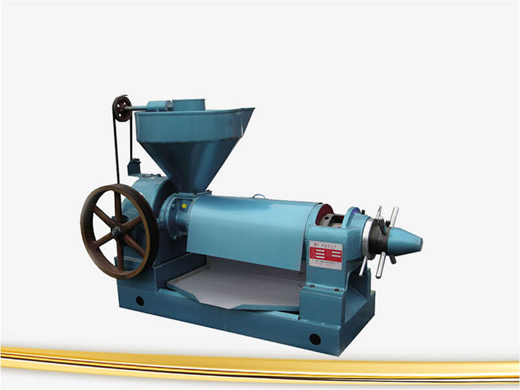1-1000 TPD Palm Oil Refinery Plant
We are a company specializing in palm oil refining equipment. We can provide 1 tons to 1000 tons of palm oil refining equipment. Generally speaking, the processing capacity of intermittent palm oil refining equipment is 1-20 tons, that of semi-continuous refining equipment is 20-50 tons, and that of full-continuous refining equipment is more than 50 tons. Of course, this is only the reference range, not the final plan. All the friends who choose to cooperate with our company, our engineers will make reasonable plans for you according to your processing capacity and actual production conditions.
Types of Palm Oil Refinery Plants
Our palm oil refinery plants employ three main processes to achieve pure and refined palm oil: degumming, bleaching, and deodorizing. Based on the degree of automation, the refinery plants can be categorized into:
- Batch Refinery Plant: Ideal for mini and small-sized production (1-10 TPD).
- Semi-continuous Refinery Plant: Suitable for medium-sized production (10-50 TPD).
- Continuous Refinery Plant: Designed for large-scale production(more than 50TPD).
As for the batch type palm oil refinery plant, we have below capacity: 1t/day, 2t/day, 3t/day, 5t/day and 10t/day.

As for the semi-continuous palm oil refinery plant, we have the below capacity: 10t/day, 20t/day, 30t/day, and 50t/day.

As for the continuous palm oil refinery plant have below capacity: 50t/day, 60t/day, 70t/day, 100t/day, 120t/day, 150t/day, 200t/day,300t/day and etc.

1-1000tpd palm oil refinery process flow chart is as follows:

How to refine crude palm oil to refined oil?
The refining process removes water, odouriferous matter, phosphatides, free fatty acids and other impurities including dirt and traces of metals from palm oil mill. After processed in palm oil refinery plant, the final oil product is a kind of premium edible oil of consistent quality which not only satisfies customer requirements and industry’s standards in respect of Iodine Value, FFA, flavor, color, melting point, peroxide value, impurities and moisture.
Palm Oil Chemical Refining Plant
Chemical refining is a method used to purify oils by neutralizing free fatty acids (FFAs) with strong bases, forming soaps that are subsequently removed. This process is particularly effective for certain vegetable oils, such as soybean oil, and is beneficial for crude oils with high carotene, high FFA (over 5%), and low phosphatides.
Step1. Neutralization
Neutralization is the first step in the chemical refining process. This stage involves the removal of FFAs by reacting them with a strong base, typically sodium hydroxide (NaOH). The reaction forms soap stock, which consists of soap, water, and oil. This soap stock is then separated from the oil using a high-speed separator, such as a centrifuge. The neutralized oil is now free from FFAs, which improves its stability and taste.
Step2. Bleaching
Bleaching is performed by mixing the neutralized oil with bleaching earth or activated carbon. These adsorbents bind with the pigments and metal ions, which are then removed through filtration. The result is a lighter-colored oil with improved oxidative stability.
Step3. Deodorizing
The final step in the chemical refining process is deodorizing. You can use our deodorizing tower for volatile compounds that cause undesirable odors and flavors. The crude palm oil is heated to high temperatures under a vacuum, and steam is passed through the oil.

The advantages of different types palm oil refinery plant:
1) The price of the batch type palm oil refinery plant is cheapest among all of them. The continuous palm oil refinery plant is most experience. The semi-continous way is middle cost.
2) The oil yield rate of the continuous palm oil refinery plant is higher than the batch and semi-continuous oil refinery;
3) The area size of continuous palm oil refinery plant is larger than batch type palm oil refinery plant and semi-continuous palm oil refinery plant.
4) Continuous palm oil refinery plant have higher device configuration than batch type palm oil refinery plant and semi-continuous palm oil refinery plant.
5) No matter batch type palm oil refinery plant, semi-continuous palm oil refinery plant , continuous palm oil refinery plant all can refine various kinds of edible oil, such as soybean oil, peanu oil, sunflower oil, cottonseed oil, rapeseed oil, mustard oil, palm oil, palm kernel oil and so on.
Benefits of Palm Oil Chemical Refining
- Full automatic control for minimal cost and effort
- Efficient, simple production process with less effluent load
- Advanced, updated equipment for high-quality palm oil
- Comprehensive refining process including neutralization, bleaching, deodorization, fractionation, and more
For cooking purposes, crude palm oil must meet food industry standards by being processed into edible oil through either chemical or physical refining methods.
We are well experienced in designing and building palm oil refinery plant. All equipment relevant to building a palm oil production line can be offered by QIE Group, i.e palm oil processing machine, palm oil refinery plant , palm oil fractionation plant. We also offer whole set palm oil processing plant turn-key projects.
- What is a palm oil refinery?
- Palm oil refining is aim to remove phospholipids, FFA, pigment, gums, waxes, off-flavor and other impurities in the crude palm oil . The main process of palm oil refining processes are: degumming & deacidification , decolorization and deodorization. Chemical refining and physical refining of crude plam oil.
- What is palm oil refined?
- Palm oil is obtained from the soft pulp of the fruit of the palm (Elaeis guineensis) tree that grows primarily in Indonesia, Malaysia and the Philippines. The oil content is 40-65%. The crude oil has a reddish color and the refined oil is light colored and transparent (both in its liquid form).
- What is the difference between crude palm oil and refined palm oil?
- The difference between crude palm oil and refined palm oil is that crude palm oil is the oil that is extracted from the fruit of the oil palm tree, while refined palm oil is the oil that has undergone further processing to remove impurities and improve its quality.
- What are the by products of palm oil refining?
- What is more, palm kernel oils are also the raw material of making soap. Secondly, during the palm oil refining process, the by-products mainly are soapstock and FFA. Soapstock often be sold to soap making factory. FFA is high valuable chemical material, you can sell to chemical factory.
- Which is best, palm oil or refined oil?
- Red palm oil is much higher in antioxidants such as vitamin E than refined palm oil. As an antioxidant, vitamin E helps protect your cells from damage by harmful molecules called free radicals. These molecules are thought to play a role in cancer and heart disease.
- How does palm oil refining work?
- The main process of palm oil refining processes are: degumming & deacidification , decolorization and deodorization. During palm oil refining process, there are two refining methods can be used, they are chemical refining of palm oil and physical refining of palm oil.
- What is the difference between palm oil and refined palm oil?
- “Unrefined palm oil is less processed than its refined counterpart. As a result, it has a stronger color and taste compared to refined palm oil, which is more neutral,” says Gillespie. Unrefined palm oil (also called red palm oil) is not as common in Western diets and tends to be more of a specialty product.







